Injury prevention is critical for anyone involved in strength training or weightlifting. The gym belt is one of the most effective tools for protecting your body during heavy lifting. Whether tackling squats, deadlifts, or other high-intensity exercises, a well-fitted gym belt can support your core, especially when lifting heavy loads.
This article will explore how to use a gym belt effectively to prevent injuries and enhance your gym performance. We will discuss the benefits, proper techniques, and considerations for selecting the best weightlifting belt. Furthermore, we will discuss BodyReapers products to provide optimal support during workouts.
Why Use a Gym Belt?

A gym belt is safety gear designed to support the lower back and core during heavy lifting. It helps stabilize the spine and increase intra-abdominal pressure (IAP), which is essential for maintaining posture and reducing stress on the back muscles.
Benefits of Using a Gym Belt:
- Increased Core Stability A gym belt supports your abdominal muscles and spine, enabling you to maintain better form during lifts.
- Enhanced Power Output A belt stabilizes your core, allowing you to engage more muscle groups, potentially increasing your lifting capacity.
- Injury Prevention It helps protect the lower back, especially during squats and deadlifts, where excessive pressure can lead to injury.
- Improved Posture A belt encourages proper posture preventing rounding of the back or hyperextension, which can lead to injuries.
How to Prevent Injuries Using a Gym Belt: Choosing the Right One
A gym belt can be a game-changer for injury prevention when lifting heavy. However, the effectiveness of a gym belt comes down to one crucial factor: how you wear and use it. A belt can only protect you if used properly, but many people overlook this and choose the wrong fit or style, which can actually cause more harm than good.
Here are the key pain points to consider when selecting the right gym belt so you can avoid unnecessary injury:
1. Choosing the Right Gym Belt
When it comes to choosing a gym belt, it's not just about picking something that looks good or fits your budget. A belt that doesn't match your specific lifting needs could end up compromising your safety. Here's how to avoid making that mistake:
Width:
A belt that's too narrow won't offer enough support, leaving your core vulnerable during heavy lifts. Ideally, you want a 4-6 inch wide belt that wraps around your entire core, giving you the protection you need to maintain a solid foundation for heavy squats, deadlifts, and overhead presses. You risk straining your lower back or core muscles if the width is off.
Material:
There's a big difference between leather belts and nylon belts. While leather belts are sturdy and durable, providing solid, consistent support during heavy lifts, nylon belts are more flexible and lighter, making them a good choice for less intense training or for those who prefer more movement. If you don't select the right material for your lifting style, you might not get the support or comfort you need during your workout.
Thickness:
A thicker belt might seem like a good idea for more support, but it can also feel restrictive, especially if you're not used to it. You need to find a balance—too thick, and you'll feel like you're being squeezed; too thin, and you won't get enough protection. Choose a thickness based on your lifting routine and comfort level.
Fit:
Fit is everything. A belt that's too tight can restrict your breathing and cause discomfort, while a belt that's too loose won't provide the support your back needs. The belt should fit snugly around your waist, sitting just above your hips to avoid affecting your movement or breathing. The key here is comfort—if you feel like you can't properly inhale or feel restricted, the belt is either too tight or incorrectly positioned.
2. Proper Belt Placement and Tightness
Once you have the right belt, you need to wear it correctly. The positioning and tightness of the belt are essential to prevent injury.
Placement:
Place the belt around your lower back and abdomen, ensuring it covers the area around your lumber spine (lower back).
Tightness:
The belt should be tight enough to provide intra-abdominal pressure but not so tight that it restricts breathing. You should be able to take a deep breath into your diaphragm while the belt is on.
3. Using a Gym Belt for Squats and Deadlifts
Squats and deadlifts, two of the most common lifts for which a gym belt is essential, place significant strain on the lower back.
Squats:
When squatting, the belt helps you maintain a neutral spine and avoid rounding your lower back. Engage your core and take a deep breath before descending into the squat, pushing against the belt for additional stability.
Deadlifts:
Deadlifts put much strain on the lower back, especially when lifting near-maximal weights. The belt helps you brace properly, reducing the risk of injury. Keep your back straight, engage your core, and use the belt to create additional tension in your torso.
Selecting the Best Gym Belt for Injury Prevention
Not all gym belts are created equal. The right belt can significantly improve lifting performance and injury prevention.
BodyReapers Weightlifting Belts These belts are designed to offer the perfect balance between flexibility and support. Whether lifting heavy or just looking for solid core stability, these belts make it easy to keep your posture in check, giving you the confidence to push through your workout.
BodyReapers Lever Belt This belt has you covered if you value maximum support, especially during your heaviest lifts. The lever buckle system makes it easy to adjust, ensuring a snug fit that keeps your core stable and your lower back protected while you focus on the lift.
BodyReapers Self-Locking Belt This belt is ideal for those who like to make quick adjustments without compromising security. The self-locking mechanism ensures that the belt stays securely in place, offering comfort and reliable support throughout your set. It's perfect for lifters who prefer convenience without sacrificing performance.
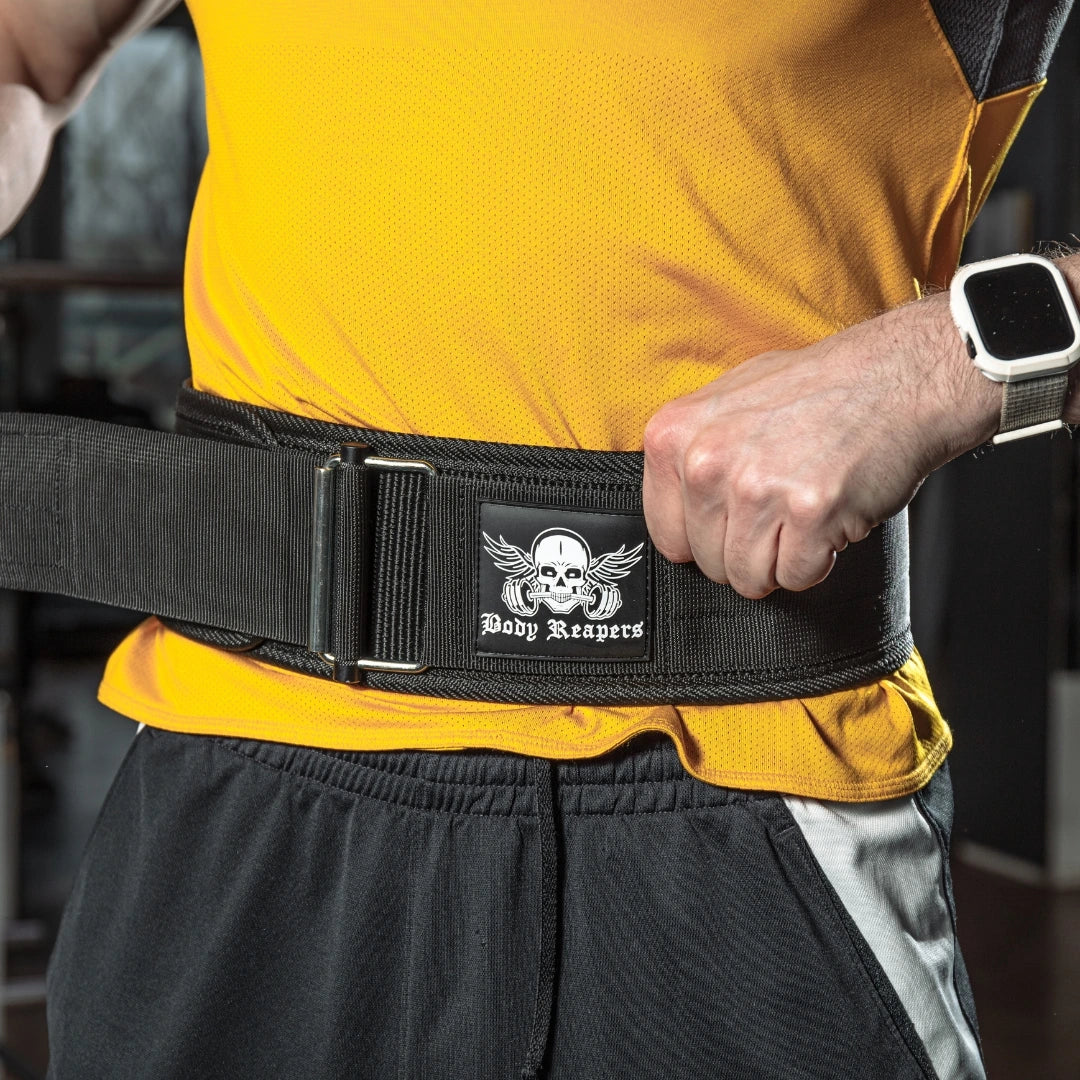
BodyReapers Weightlifting Leather Belt Crafted from premium leather, this belt is built to handle the toughest lifts, especially squats and deadlifts. It's durable and designed to provide exceptional back support, giving you the strength and stability you need to lift confidently and maintain proper form.
Best Practices for Gym Belt Usage
Use During Maximal Efforts: Gym belts are most beneficial during heavy lifting, particularly in compound movements like squats, deadlifts, and overhead presses.
Don't Over-Rely on the Belt: While gym belts are effective, they should not be used as crutches. Instead, build core strength and muscular endurance over time.
Proper Technique: Always focus on maintaining good form and technique. A gym belt is meant to supplement your form, not replace it.
Conclusion: How to Prevent Injuries Using Gym Belts
Using a gym belt correctly can significantly reduce the risk of injury during strength training. High-impact lifts like squats and deadlifts put much strain on your lower back, but a well-fitted belt provides the core stability and support you need to maintain good posture and avoid injury.
To address back strain and ensure safety during your workouts, invest in BodyReapers Weightlifting Belts. By following these best practices and wearing a gym belt correctly, you'll be well on your way to a more substantial, safer, and more effective lifting routine.
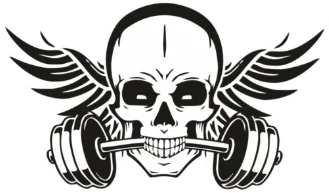
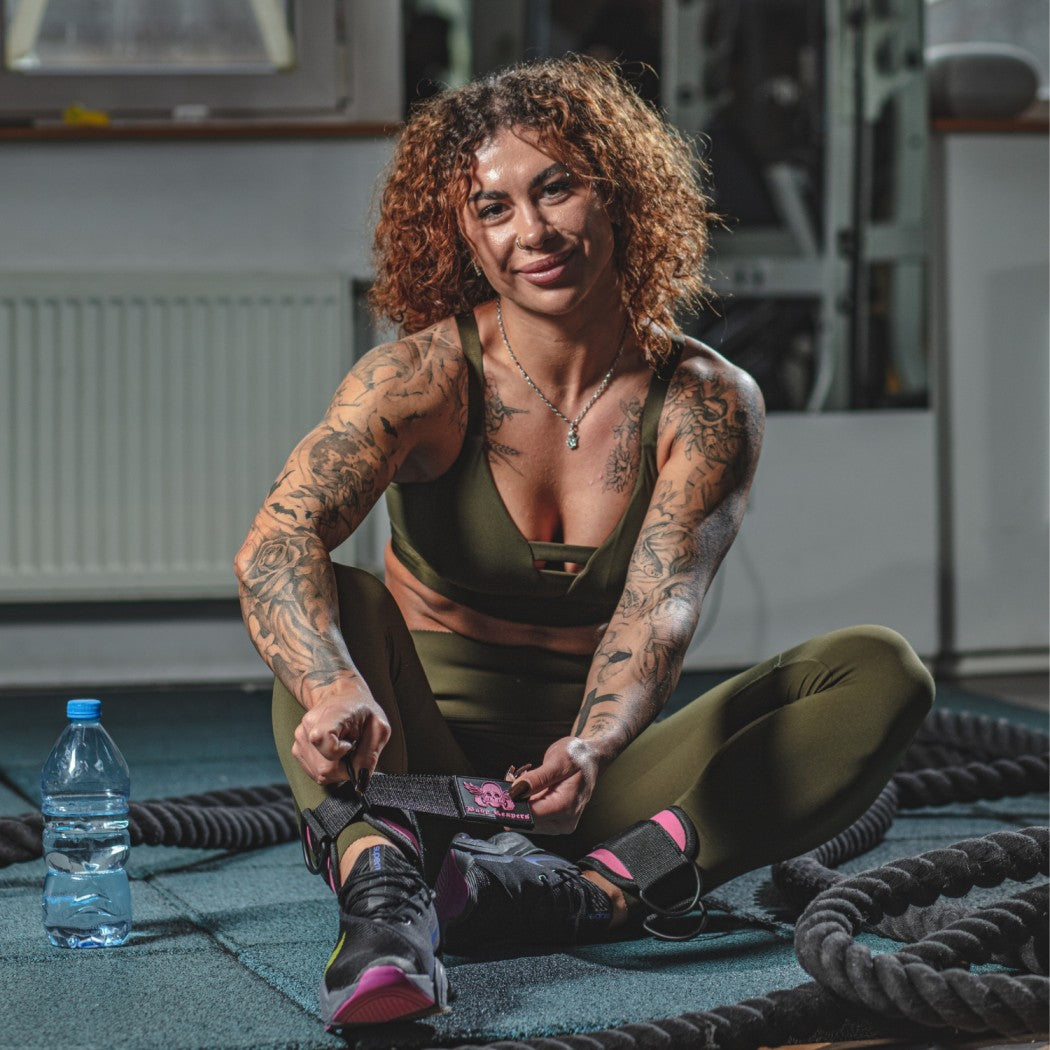
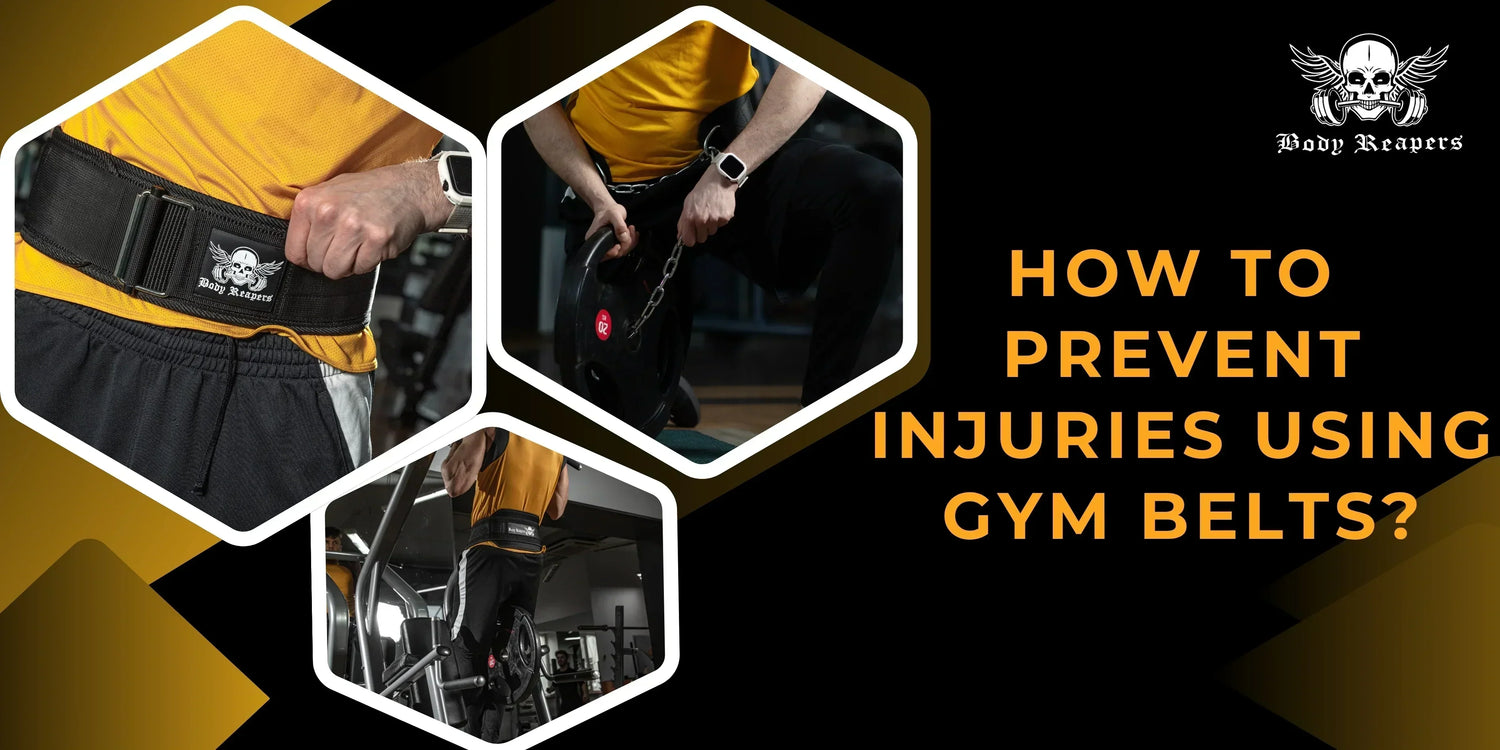
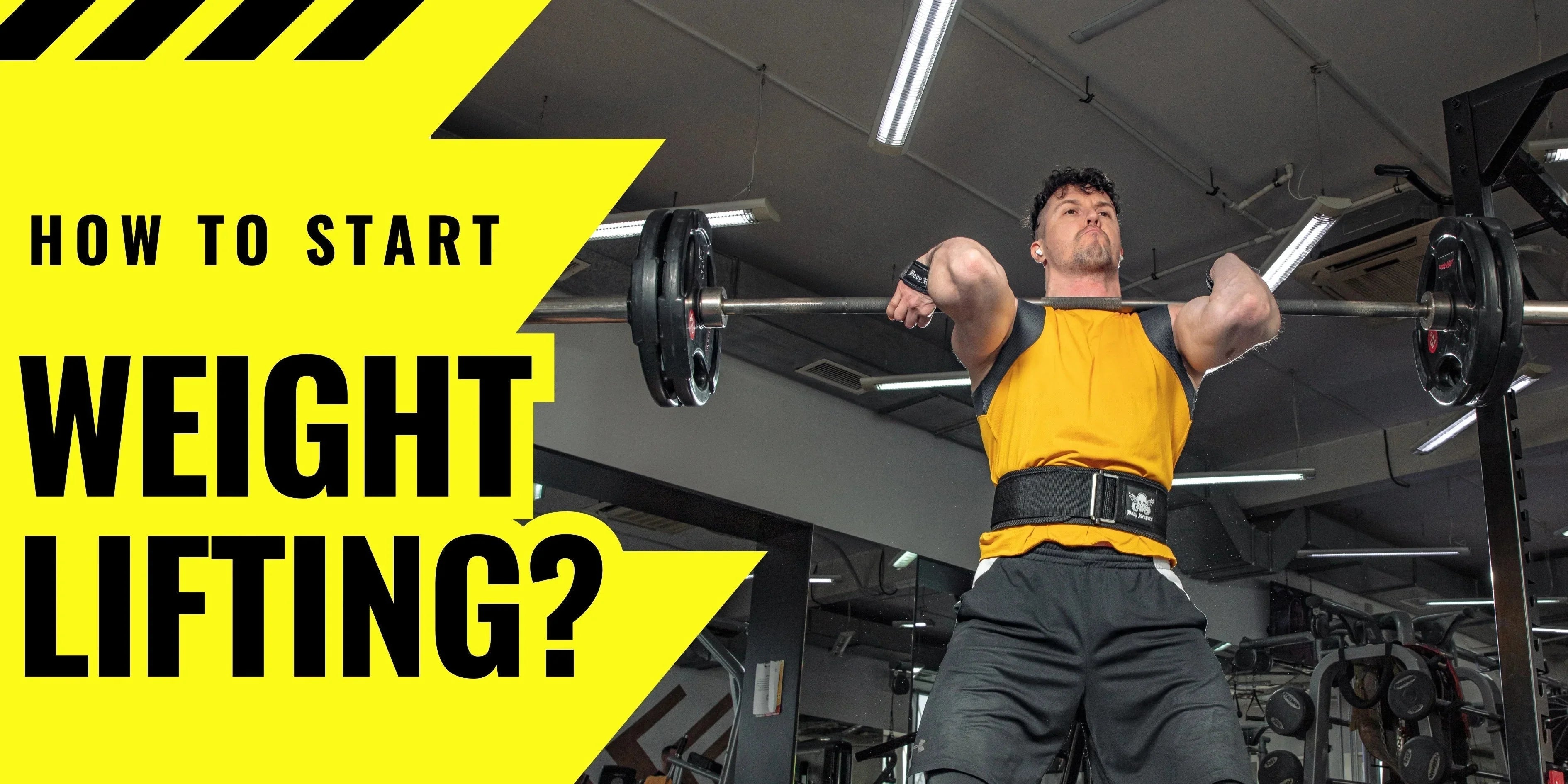
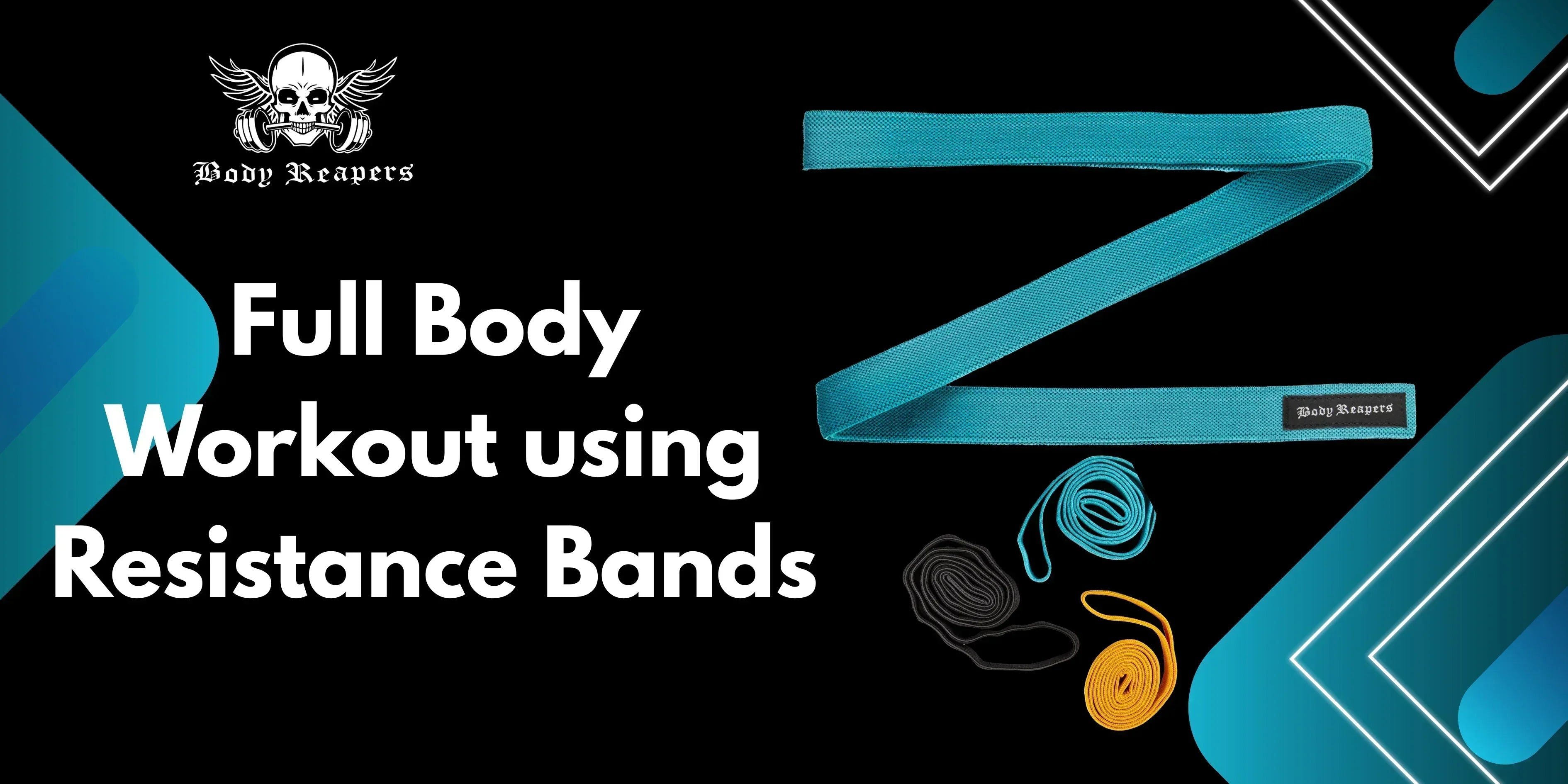
Leave a comment
This site is protected by hCaptcha and the hCaptcha Privacy Policy and Terms of Service apply.